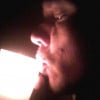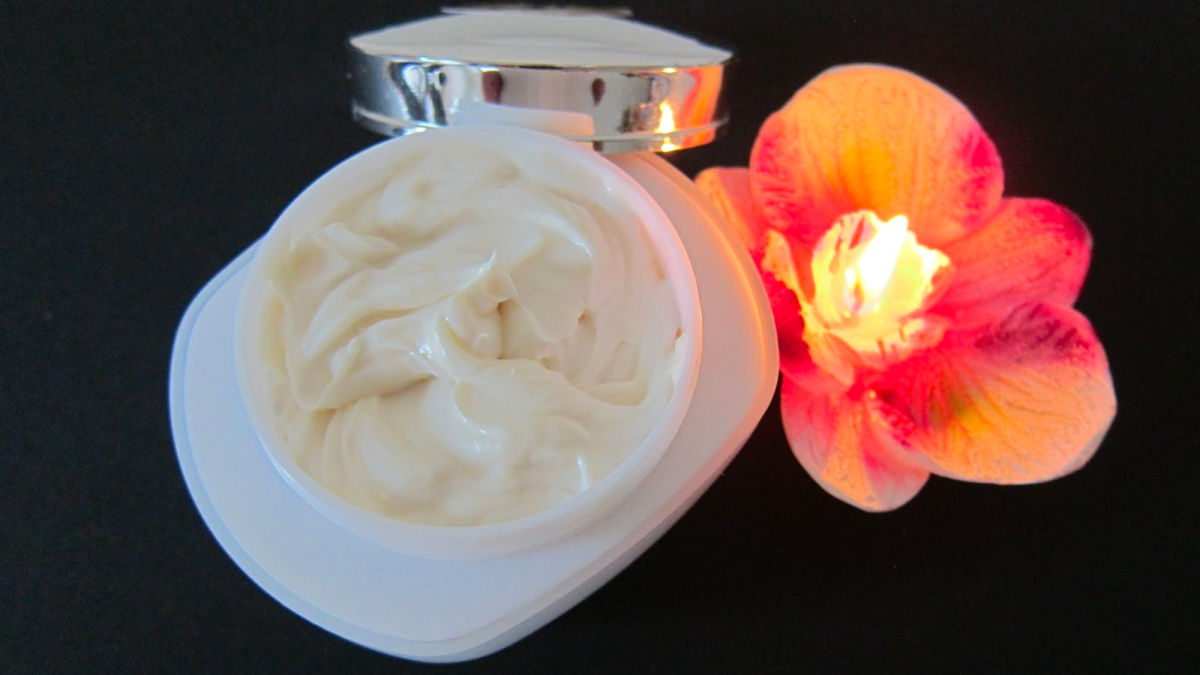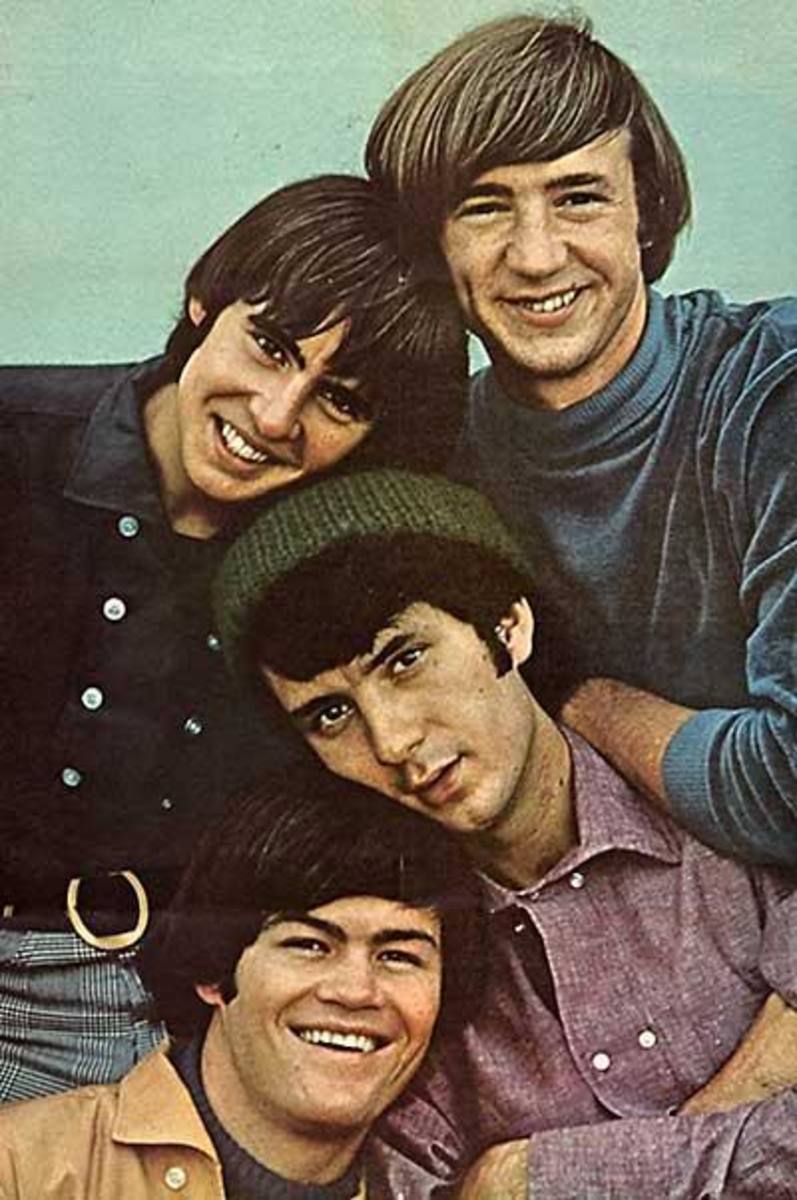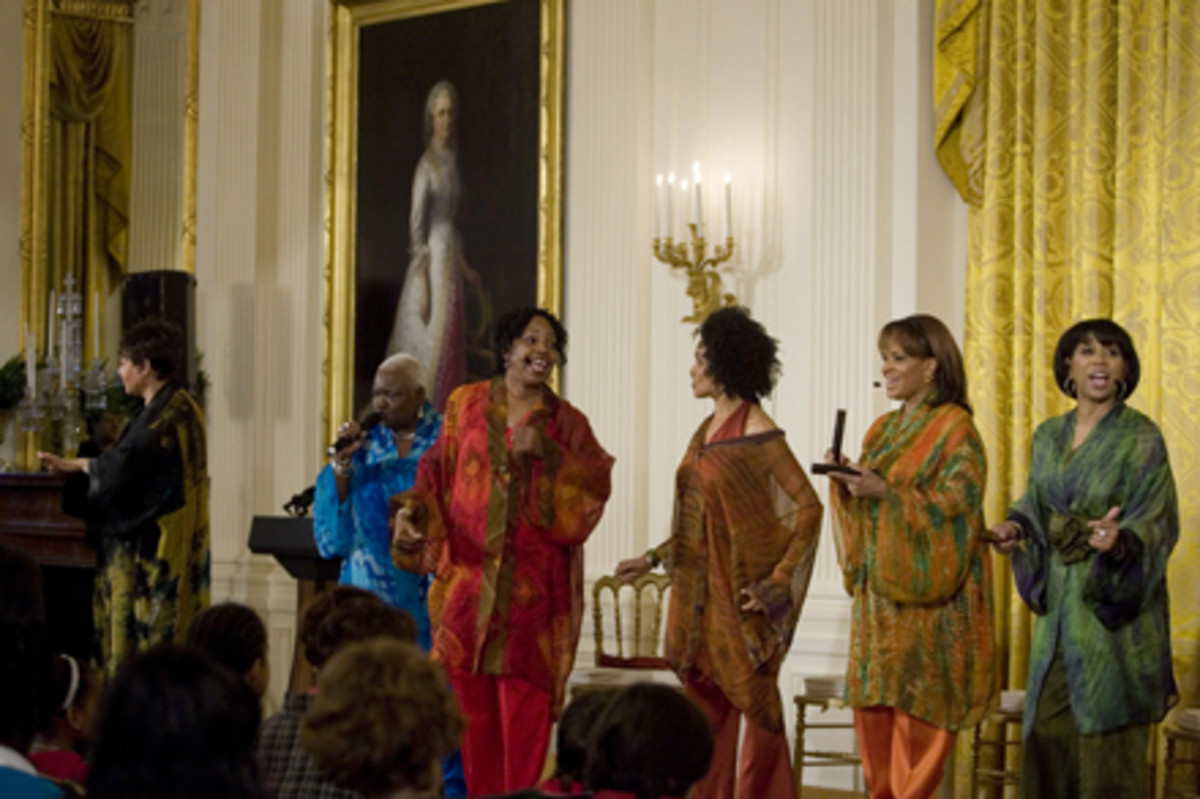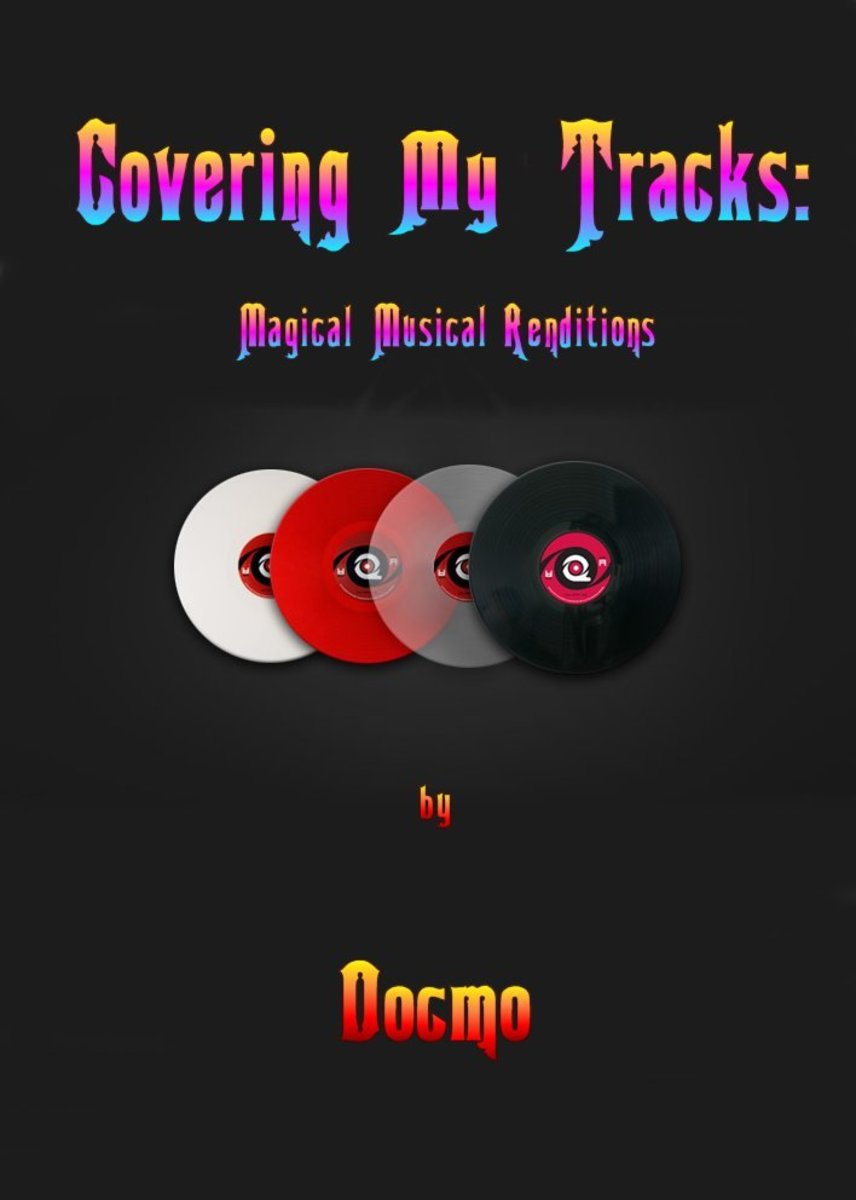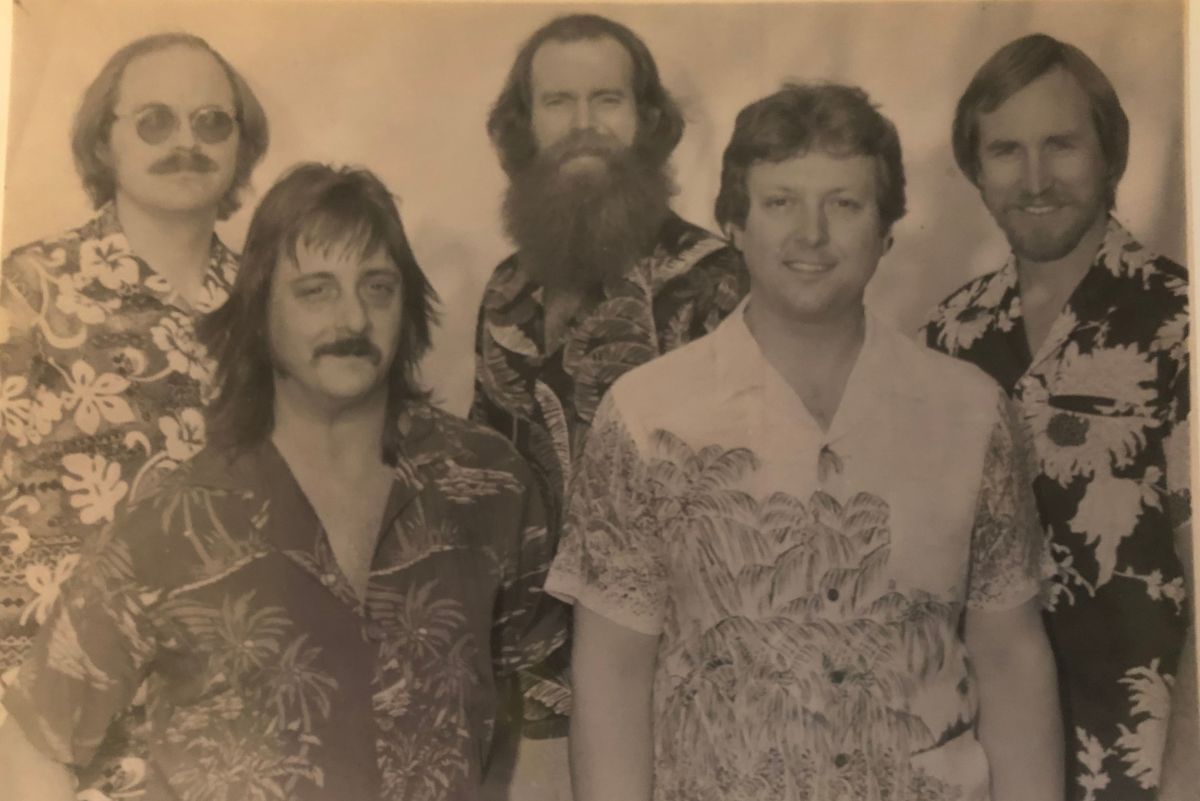Active Ingredients: Mountebanks, Music and the Medicine Show
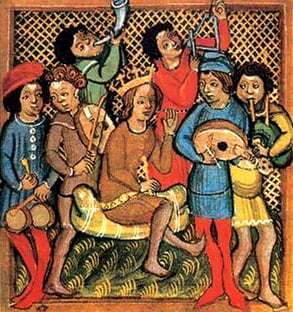
Introduction
Sometime during the Dark Ages, probably the 14th Century AD, somewhere in Europe physicians began gathering acrobats, muscle men, freaks, comedians and musicians for coordinating variety shows to assist in the promotion of potion. Many of these medicines were erroneous or even poisonous. Back then, among other dreadful substances they would often contained lead, mercury, arsenic, opium, alcohol and would later include cocaine, even radium and uranium. Divergent to widely accepted belief, medieval people were not dim witted fools. Heather Whipps of Live Science writes “Treatment of the sick in the Dark Ages is poorly understood today, because none of it was governed by law or written down, but assuming that it was backwards and steeped in superstition would be a mistake.” For an unscrupulous charlatan to settle down might equate not only to the loss of their business, but the loss of their head; so the traveling Mountebank Show was born. A positive side effect of this splendid swindle was that it facilitated the spread and evolution of music more extensively than any other method of the time.
Jongleurs, Troubadours and Roving Minstrels
Though there are several troubadours and minstrels who hobnobbed with elites and are now known to history, little is known about the mountebank performers. These itinerant convoys of entertainers were akin to modern, unknown, unsigned garage bands who tour in old vans, commoners. They would ensnare the customers with their music and lure in the talent where ever they went, taking them under their wing and exposing them to adventure and foreign cultures that would ultimately shape their sounds and the sounds of those who heard them along the way.
Talent scouting was just one of several duties the jongleurs performed; others included backup minstrel, backing vocals, dancing, storytelling, tuning instruments and catering to the whims of the troubadours and the mountebank. This close association with the chief scoundrel undoubtedly contributed to the jongleurs horrible reputation. The poet Petrarch called the jongleurs “people of no great wit” and “impudent beyond measure”. The word jongleur comes from a word that means liar. So, in addition to being the backbone of the operation, which surely ate into the rock n roll fantasy, the jongleur was also the operations scapegoat.
Troubadours were living the dream; what can I say? The only differences between them and modern day rock front men are sartorial and era. But there were also leading ladies, female troubadours known as trobairitz.
Minstrels of the Mountebank would have had access to all the musical styles and instruments of Europe. This undoubtedly had a hand in the fabrication of instruments we know and love today.
The songs of these performers were windows into the lives of the common people whose stories are often ignored by history and sadly, most of them were never written down.
The Medicine Show
Luckily, the Mountebank practice was still thriving in 19th Century America, where it was known as the Medicine Show right around the dawn of recorded sound.
Though the medicine shows of America were known for featuring racist acts with whites in black face, it is important to note that blacks and whites shared the medicine show stage and collaborated on beautiful music at a time when the vast majority of musical venues strictly prohibited such behavior. The musicians usually had the utmost respect for one another and often saw each other as family.
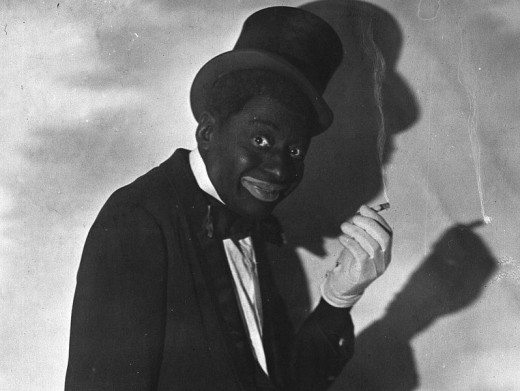
At the Medicine Shows height in the 1880’s, patented medicine firms were quite prevalent and most adhered to the Mountebank promotional techniques; the Kickapoo Indian Medicine Company alone had about 75 shows touring America simultaneously around this time. This must have inspired and contributed to the vast array of styles and genres we know today. Just think of how much music has morphed and mutated over the past century. Now consider all the songs that were never written down that people stopped singing; consider the genres and the artists leading up to the age of recorded sound. This music is dead to the world.
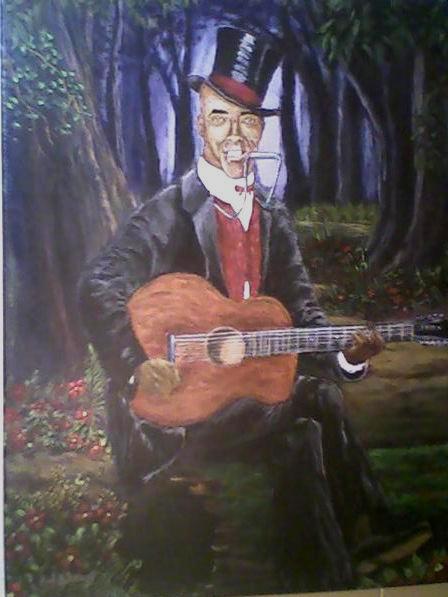
Thank You for stopping by. Y'all come back now, ya hear?
Works Cited
http://www.livescience.com/1730-enlightened-medicine-dark-ages.html
http://psychroaches.blogspot.com/2011/12/mountebank-vocabulary-building-word-of.html
http://music.library.wisc.edu/Jongleur/Jongleur-v6n2/jongjong.htm
http://en.wikipedia.org/wiki/Trobairitz
http://dahoglund.hubpages.com/hub/Medicine-Show-Patent-Medicines-in-the-19th-Century
http://www.middle-ages.org.uk/troubadours.htm
http://cultureandcommunication.org/deadmedia/index.php/Traveling_Medicine_Show
